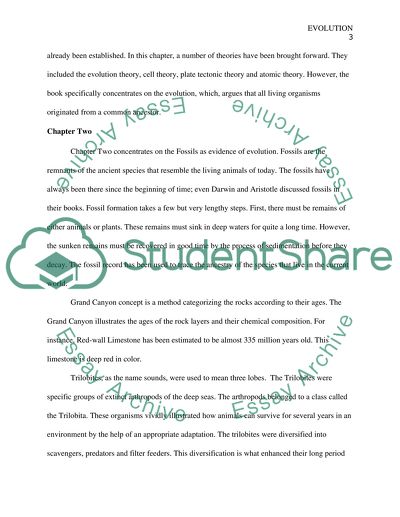Cite this document
(“Reflection of chapter themes in the book Why Evolution is True by Term Paper”, n.d.)
Reflection of chapter themes in the book Why Evolution is True by Term Paper. Retrieved from https://studentshare.org/miscellaneous/1668258-reflection-of-chapter-themes-in-the-book-why-evolution-is-true-by-jerry-a-coyne
Reflection of chapter themes in the book Why Evolution is True by Term Paper. Retrieved from https://studentshare.org/miscellaneous/1668258-reflection-of-chapter-themes-in-the-book-why-evolution-is-true-by-jerry-a-coyne
(Reflection of Chapter Themes in the Book Why Evolution Is True by Term Paper)
Reflection of Chapter Themes in the Book Why Evolution Is True by Term Paper. https://studentshare.org/miscellaneous/1668258-reflection-of-chapter-themes-in-the-book-why-evolution-is-true-by-jerry-a-coyne.
Reflection of Chapter Themes in the Book Why Evolution Is True by Term Paper. https://studentshare.org/miscellaneous/1668258-reflection-of-chapter-themes-in-the-book-why-evolution-is-true-by-jerry-a-coyne.
“Reflection of Chapter Themes in the Book Why Evolution Is True by Term Paper”, n.d. https://studentshare.org/miscellaneous/1668258-reflection-of-chapter-themes-in-the-book-why-evolution-is-true-by-jerry-a-coyne.


